How to grow delphiniums – the cottage garden favourite that will add colour and height to your borders
Perfect for sunny borders, here’s how to fill your garden with colourful delphiniums
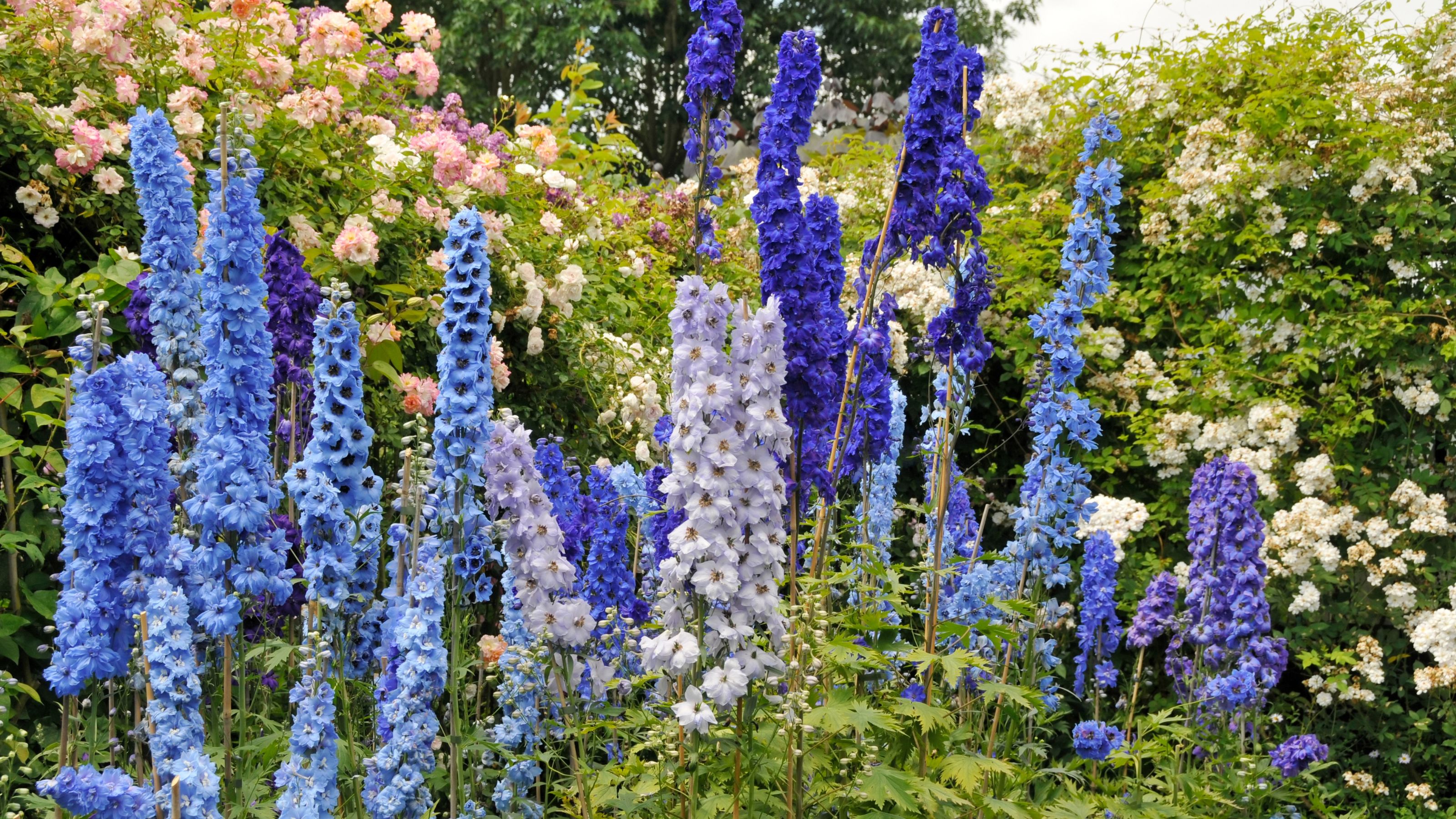

If you've ever wanted to learn how to grow delphiniums, you're not alone. They are one of the nation's favourite cottage garden blooms, thanks to their colourful and towering spikes – perfect for brightening up borders.
Much like foxgloves and snapdragons, delphiniums are beloved by bees and butterflies. They're also great if you're on the hunt for pretty cut flowers to fill up your home's vases with, too.
While many delphiniums are considered hardy perennials, you'll likely have more flowering success with the annual and biennial varieties, which will flower all summer.
How to grow delphiniums
Now, before we dive into this one, let's get realistic: it will take a little bit of time and effort to learn how to grow delphiniums like a pro.
'Growing tall, colourful delphiniums is such a joy, but they do need certain conditions to grow well,' agrees Morris Hankinson, director of Hopes Grove Nurseries.

Morris Hankinson is the founder and managing director of Hopes Grove Nurseries Ltd, the UK’s only specialist grower-retailer of hedging plants. He established the thriving business in 1992, shortly after graduating with a Commercial Horticulture Degree from Writtle College, Essex.
With that in mind, then...
What you will need
To grow delphiniums successfully, you will need – most importantly – a sunny spot with well-draining soil; these blooms don't like to sit in the shade, and they especially don't like to get their feet wet.
Get the Ideal Home Newsletter
Sign up to our newsletter for style and decor inspiration, house makeovers, project advice and more.
You should also take some time to choose whether you'll be growing your delphiniums as:
- perennials, which will return with bright flowers each year
- annuals/biennials, which are easier to grow but need replacing each year

If you go for the former, try planting something like Sarah Raven's Delphinium Collection. If you want annual delphiniums which flower longer and harder than the perennial forms, try Sarah Raven's Consolida ambigua 'Giant Imperial Mixed'.
'If space allows, it's worth planting delphiniums in multiples of three or five, to really maximise their impact in your borders,' advise the plant boffins at the Royal Horticultural Society (RHS).
Step-by-step guide
Once you've decided between your perennial and annual/biennial varieties, you need to choose whether you want to learn how to grow delphiniums from seed or plug plants.
Of course, it can be trickier to sow seeds successfully, and you will need a lot more equipment to hand, including...
- A bag of Levington PEAT FREE Seed Compost (with added John Innes) from Amazon.
- A selection of pots or seed trays, like the Charles Dowding No Dig CD60 Long-Life Propagation Tray from Amazon
- A plant mister (like this one from Amazon)
- A greenhouse, heated propagator, or a sunny, south-facing window
If you decide to opt for plug plants, skip ahead to our second step. Happy growing...
1. Sow your seeds
To grow delphiniums from seed, you will need to take some time over the winter months to grow your little beauties undercover.
'Seeds can be sown from late winter (January to March) into a good quality seed compost, and they will need to be kept at about 15 to 18C for germination so a warm windowsill will be helpful,' says Morris.
2. Plant them out
When seedlings are large enough they can be planted out, after hardening off, in spring when the weather is warm and all frosts have passed.
'If planting a pot grown plant, these can be planted out any time of year but usually in spring or early summer, most likely with buds or already flowering from the garden centre,' says Morris.
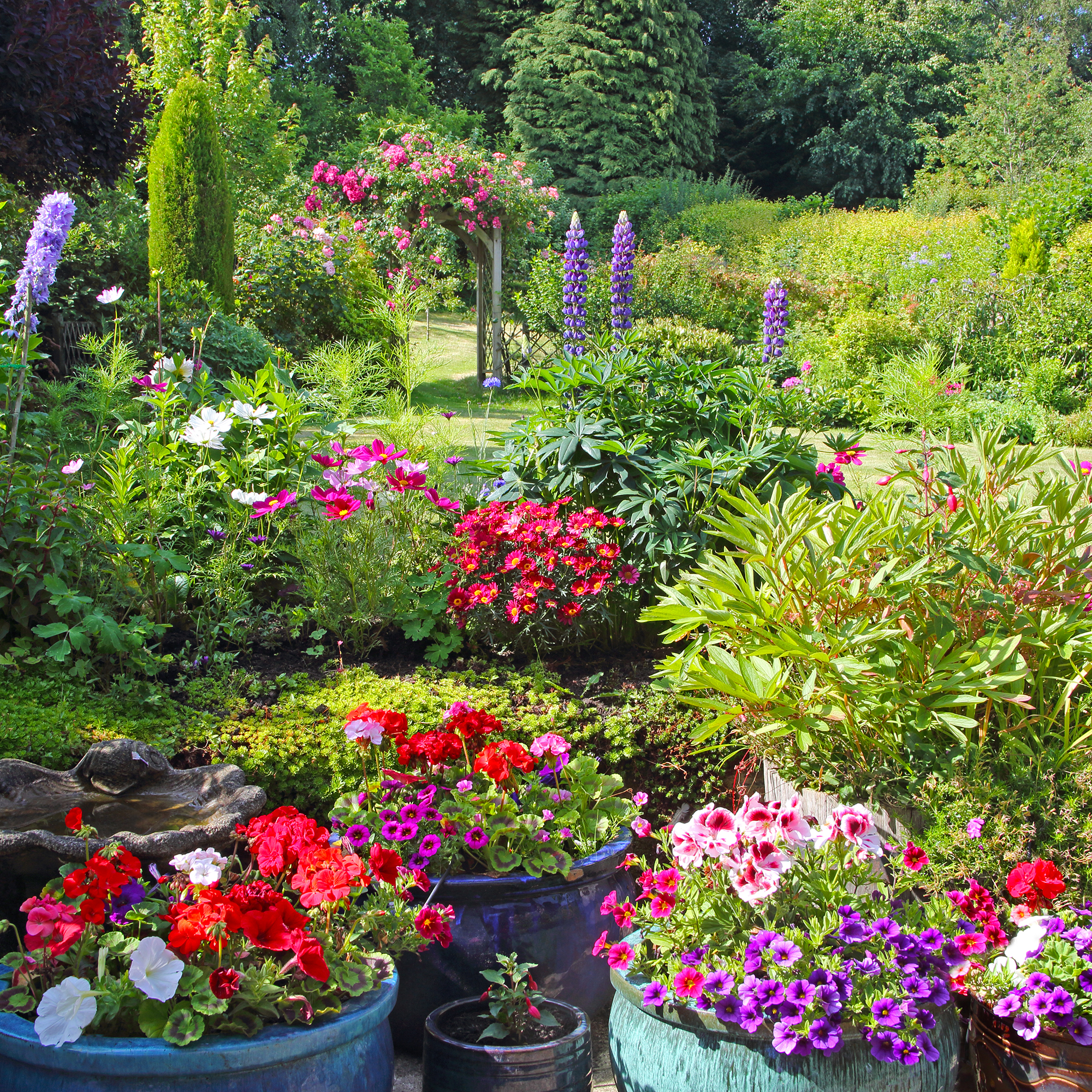
'Dig a little bigger than the root ball, add in some well rotted organic matter and plant into the hole, backfill and water,' he adds.
Morris notes that you should allow for 'at least 40cm between plants, but always check the label which will be specific to the variety.'
3. Modify the soil (if needed)
As mentioned already, anyone advising you on how to grow delphiniums will insist that good soil is everything.
'Soil will need to be fertile and well drained. If soil is too heavy, incorporated some well rotted organic matter, sand or grit which will improve structure and drainage,' says Morris.
'Alternatively, delphiniums will grow in raised garden beds as well which might be a better option if your soil is heavy clay.'
4. Set up a watering schedule
While it's incredibly tricky to save an overwatered plant, you do need to take some care to keep your delphiniums hydrated.
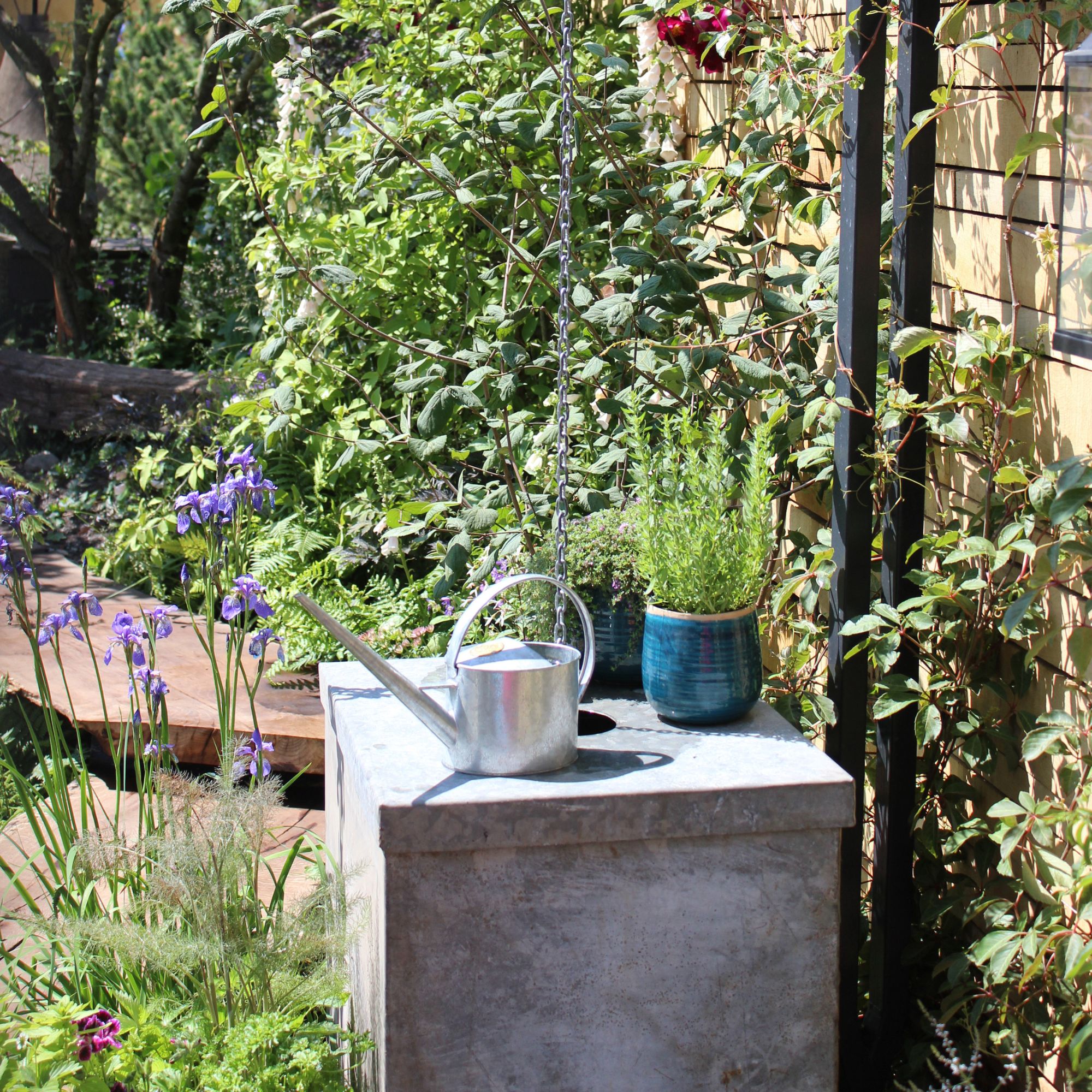
'Well drained soil is key for growing thriving delphiniums, so it is important for the soil not to be waterlogged or the plants to be overwatered,' says Morris.
'However, they do need to be watered regularly especially in dry weather, into the soil beneath and not over the top to help prevent fungal diseases. During the growing season, an extra well balanced feed can be helpful every two weeks if the soil is not fertile.'
5. Deadhead regularly
Knowing the difference between pruning and deadheading is vital if you want to learn how to grow delphiniums like a pro.
'Delphiniums will continue to flower for longer if old flower stems are removed so deadheading will extend flowering,' says Morris.
'In autumn, delphiniums can be cut back, leaving about 10cm of stem with a mulch applied to protect the roots over winter.'
6. And don't forget to protect them from slugs
Take some time researching what's best to keep slugs away, as delphiniums are a prime target for slugs and snails.
'Slugs and snails really love young delphiniums!' stresses Morris. 'As new shoots begin to appear in spring, then, some protection from slugs and snails is definitely beneficial, otherwise the plants may not make it.'
FAQs
Will delphiniums come back every year?
If you're wondering whether delphiniums will return every year, the answer will be dictated by the variety you've chosen to plant in your garden.
Perennial delphiniums, which tend to be much larger and taller, are hardy and will flower year after year. Annual varieties, however, flower harder and longer for a shorter time, so will need replacing after each growing season.
Of course, biennial varieties are also available, and these may return for a second flush if they're cared for well.
Where's the best place to plant delphiniums?
The best place to plant delphiniums is a sunny spot with good, well-draining soil – not to mention some shelter from the wind.
'Delphiniums will need plenty of sun so ideally plant them in a position where they will enjoy at least six hours of sunshine,' says Morris Hankinson of Hopes Grove Nurseries.
'Some afternoon shade in the heat of summer can be helpful also. As tall plants, they may need some support so consider planting them in a sheltered spot to protect from strong winds and heavy rain.'
Now that you know how to grow delphiniums, you can set to work transforming your garden into a blooming wonderland ready for them to burst into flower when the weather warms up.
We promise, the sight of all those colourful blooms will make the hard work well worth it.

Kayleigh Dray became Ideal Home’s Acting Content Editor in the spring of 2023, and is very excited to get to work. She joins the team after a decade-long career working as a journalist and editor across a number of leading lifestyle brands, both in-house and as a freelancer.
-
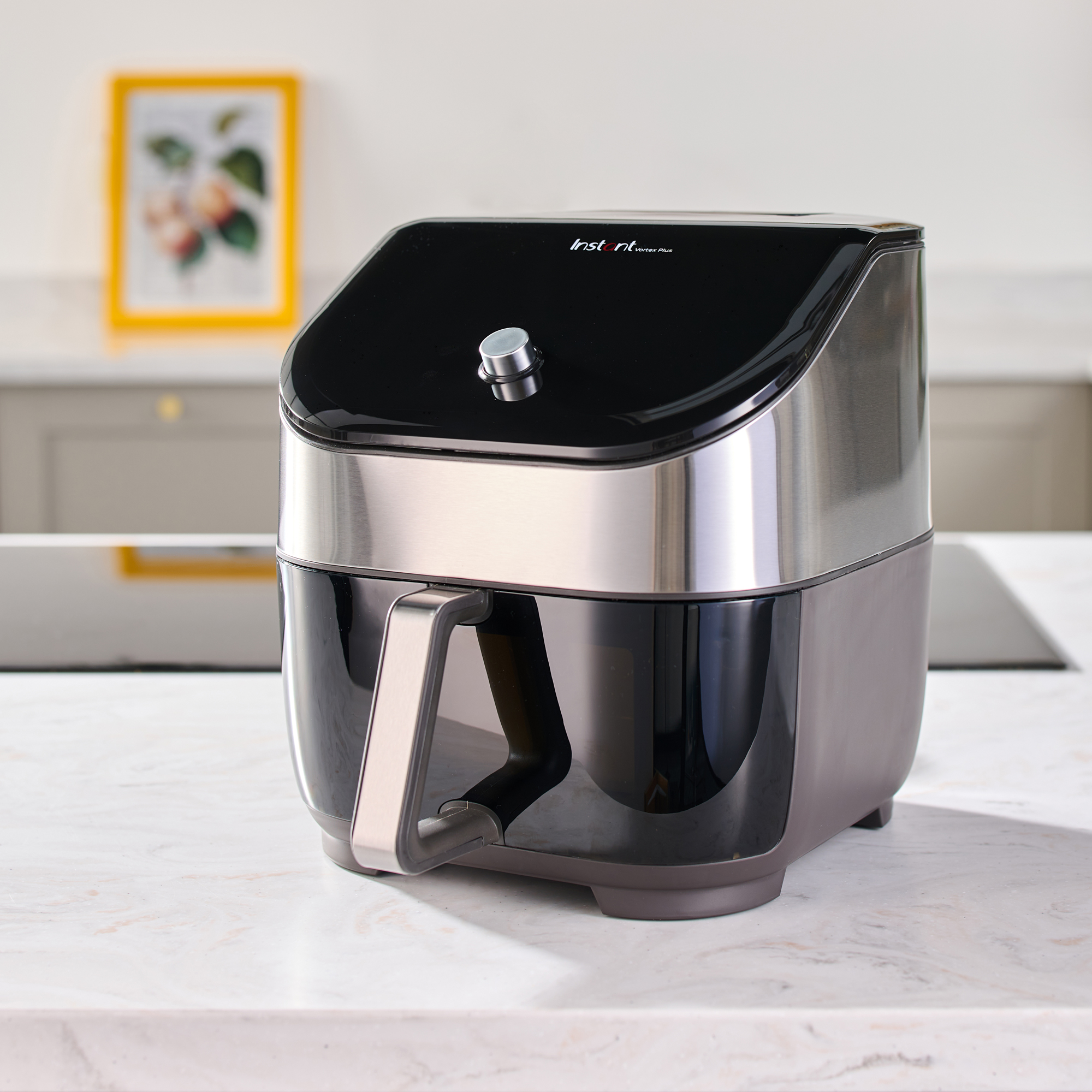 Should an air fryer be on display in a kitchen or hidden away? This is why I always keep my small appliances on the worktop
Should an air fryer be on display in a kitchen or hidden away? This is why I always keep my small appliances on the worktopAre you on team display or neatly hidden away? Share your opinion in the comments
By Rebecca Knight
-
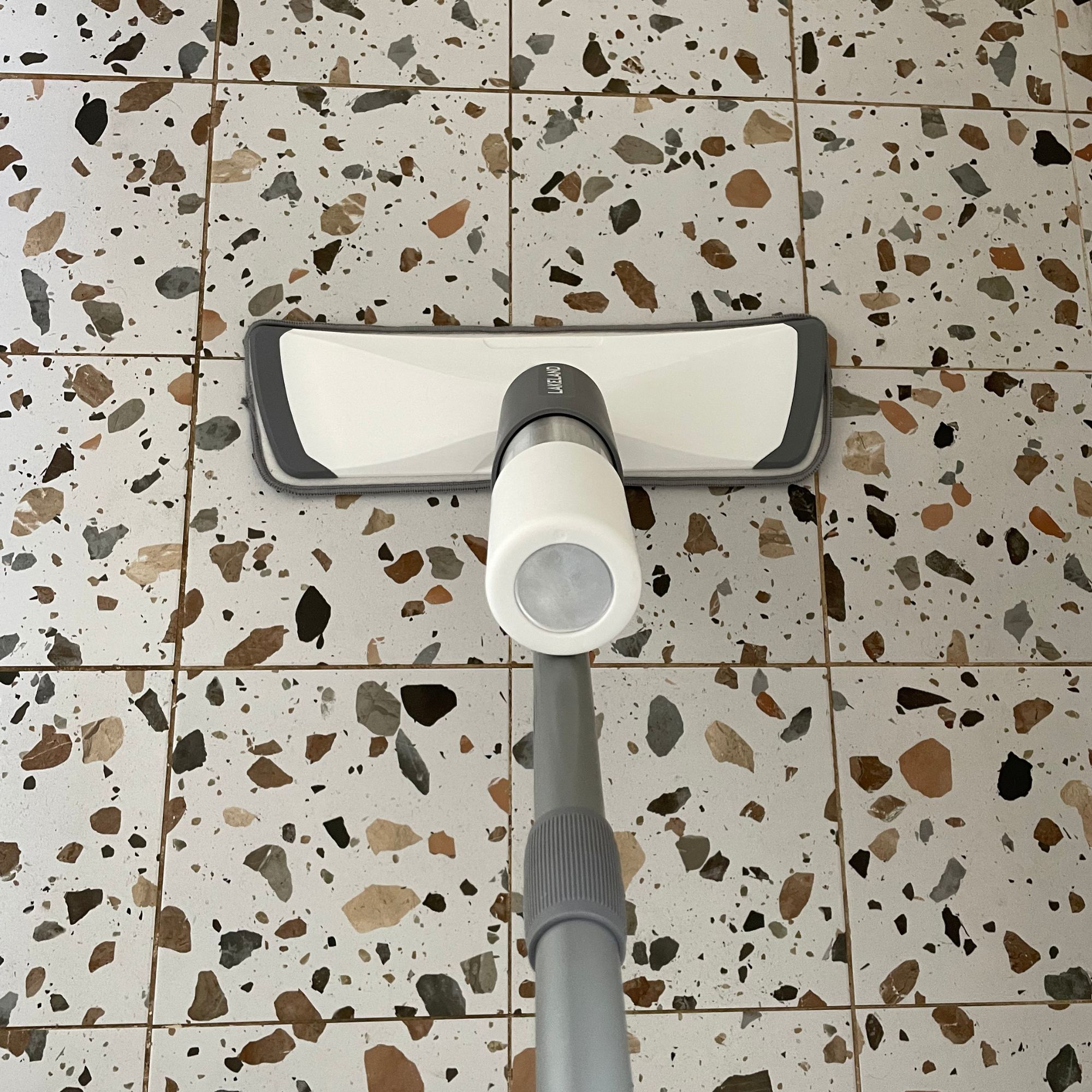 Experts warn that these 5 mopping mistakes are making your floors dirtier — and damaging your floors in the process
Experts warn that these 5 mopping mistakes are making your floors dirtier — and damaging your floors in the processThis is how to keep them clean and avoid costly damage
By Lauren Bradbury
-
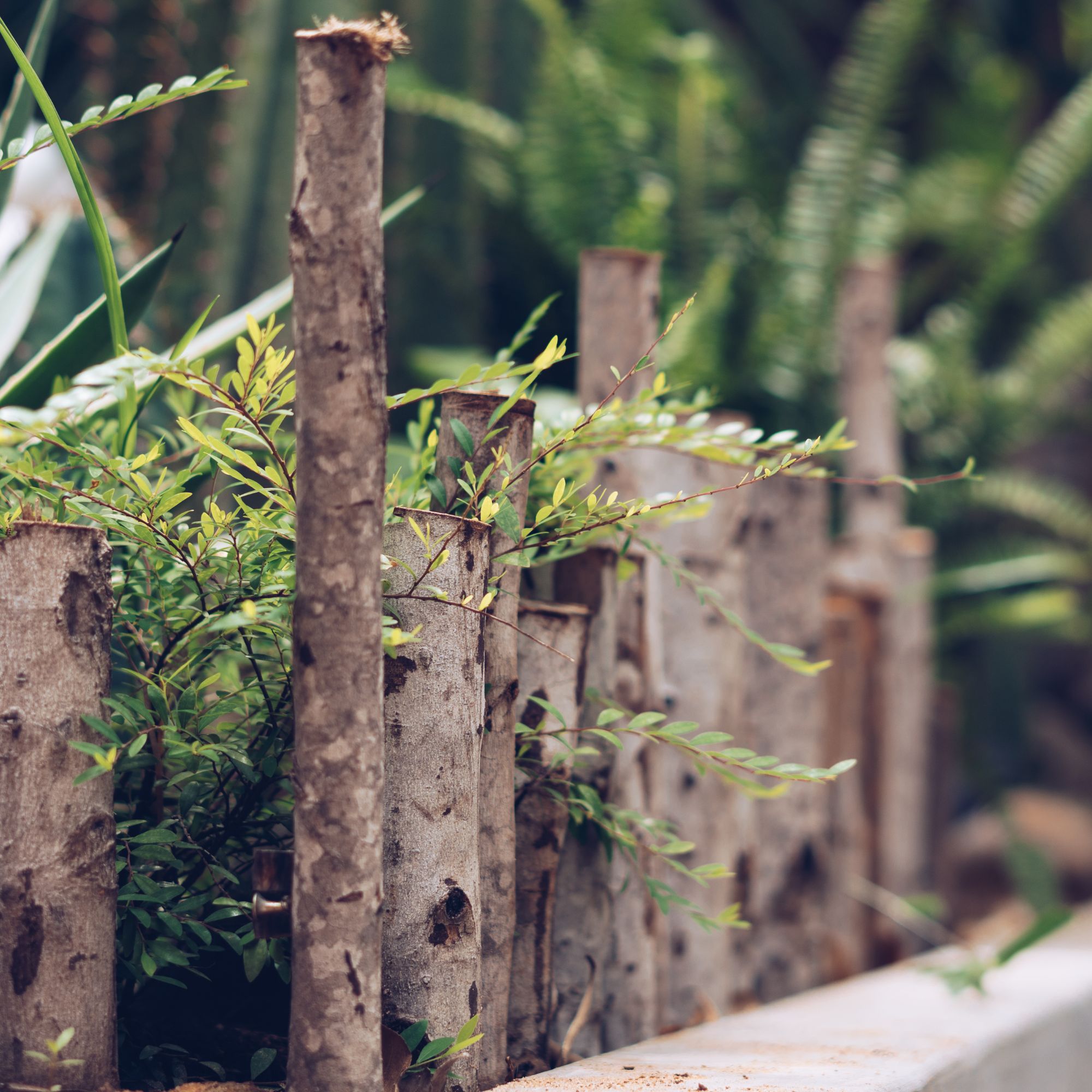 Move over, fences – dead hedges are the wild and wonderful alternative your garden will love and they're easier to build than you'd think
Move over, fences – dead hedges are the wild and wonderful alternative your garden will love and they're easier to build than you'd thinkThe perfect eco-friendly solution for small gardens
By Kayleigh Dray